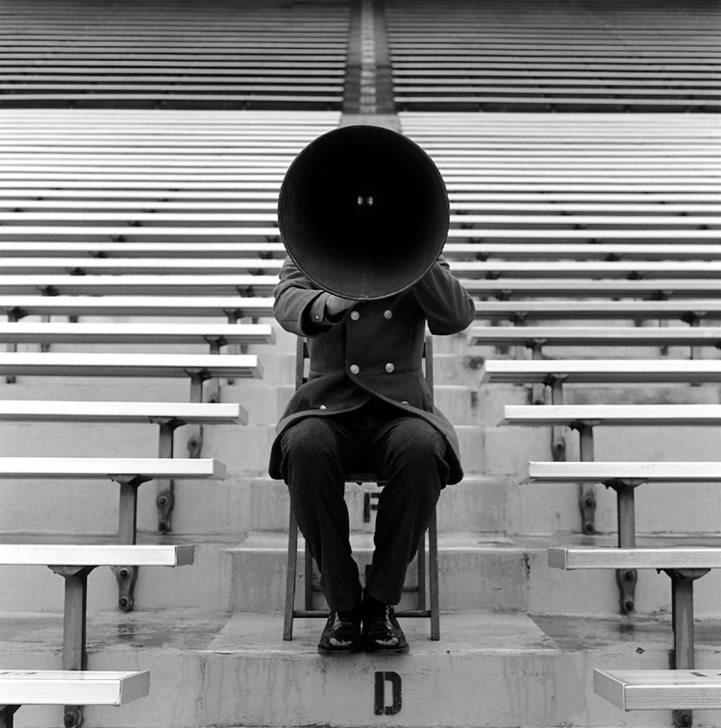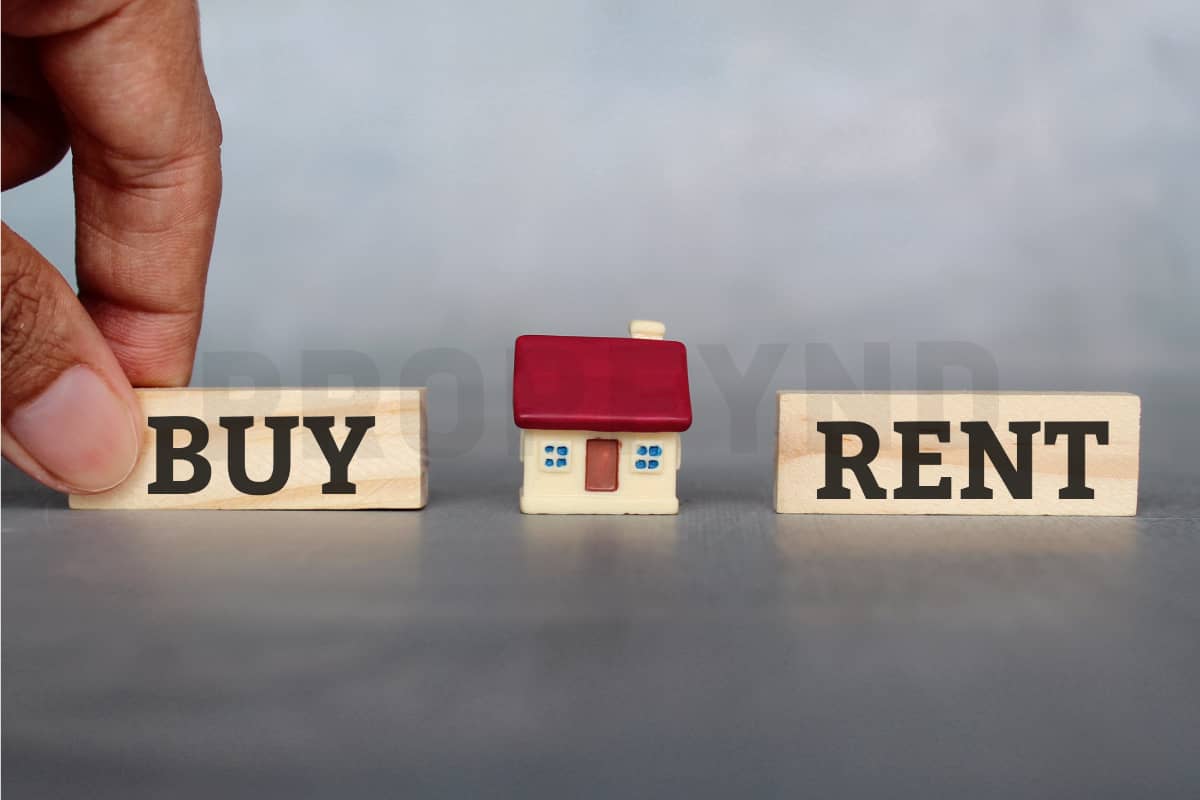Khao Lak – Back to the Future
Fabulous west-coast, white-sand beaches at the doorstep of your five-star hotel, close to an international airport and kilometers of natural rainforest. If you hadn't guessed by now it's our northern resort neighbor Khao Lak – which for some reason seems is being overlooked by people here on Phuket.
A few weeks ago, I returned to the area, which I hadn't visited since a few weeks after the tsunami. With some of the best stretches of open highway in southern Thailand, it's an effortless drive of up to two hours, depending on where you come from in Phuket.
Driving through Phang Nga I was reminded of what Phuket looked like when I first visited it in the early '80s. Seeing the simple life of the passing countryside is always a welcome respite from what's becoming more of an urban lifestyle in our fast-developing region.As we are in the cusp of low and high season, a vast number of shophouses, businesses and restaurants are closed on the main highway and in the tourism area. The European tourists arriving in dribs and drabs are mainly budget travelers, so hotels have yet to start nightly entertainment, making nightlife nearly nonexistent. The common chorus of locals is, "Wait until next month, everything will be open again."
One of the area's best-kept secrets is the recently upgraded and internationally branded Ramada Khao Lak, a smallish and affordable modern boutique resort with intriguing design features, such as wooden bathtubs in the bathrooms.Just a short drive out of town is the Sarojin. Arguably the upper crust of what's on offer, this internationally acclaimed property has won consistent recognition on such global travel weathervanes such as TripAdvisor.com. Enjoying year-round high occupancy with average room rates in line with Phuket, the Sarojin gives a glimpse of what Khao Lak can achieve. More brands are moving into the area, including the Meridien Khao Lak and the Kempenski, which is currently under development. It's been reported that the Similana has been acquired by the Minor group and will be redeveloped into an upper-tier Anantara product.
Seasonal fluctuations remain the biggest obstacle to large-scale developments in the area – not unlike areas such as Kata or Karon, where tourism is Eurocentric – along with a growing Scandinavian contingent.Come low season, business owners roll up the welcome mat, return to Phuket, Bangkok or their own local abodes and wait for the rains to stop. On reflection, it wasn't long ago that mighty Phuket also had highs and lows, but it has managed a transition into a year-round destination.
Beachfront properties are no bargains in Khao Lak, with oceanfront land costing about 15 to 20 million baht a rai, similar to Krabi, Natai or Phuket. The key difference is that more reasonably priced land within near the beach remains in abundance, with many reasonably large plots in the area of one to three million baht a rai. The residential market is in its infancy. Except for a few projects being sold to Nordic markets, there are no substantial products apart from rows of commercial shophouses, which dominate the area.
Getting back to the future, what exactly lays in store for the region? Certainly, land prices in the area are undervalued. With white sand beaches, accessible transportation hubs plus hotels and resorts reaching critical mass, the area seems set to move forward.Key indicators that bode well for the area include the continued development of the Tah Sai area, where global players such as Raffles are developing mixed-use projects, and the redevelopment of Tai Muang into a large-scale master-planned resort.What's missing is an airport in the area, which would seem a natural progression given with the current expansion of low-cost carriers.
On paper, Khao Lak should be Greater Phuket's next big thing. Despite a somewhat tarnished image, I'd lay odds on the area being a great success in the next few years. However, the property market still needs to define itself and move from a field of dreams to something more tangible.


